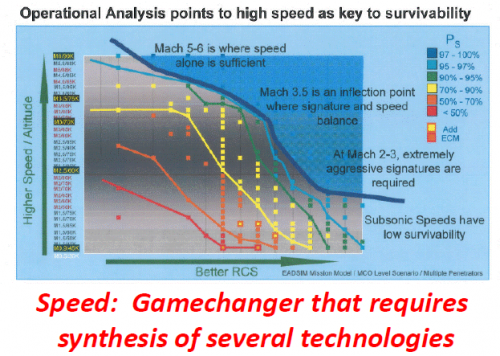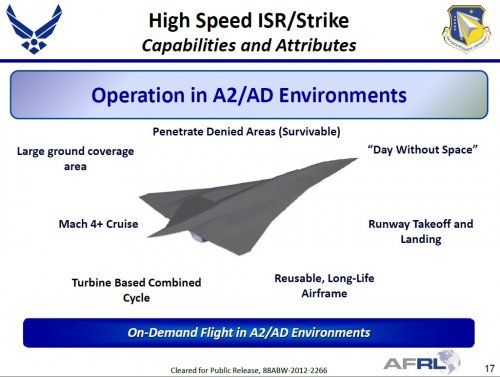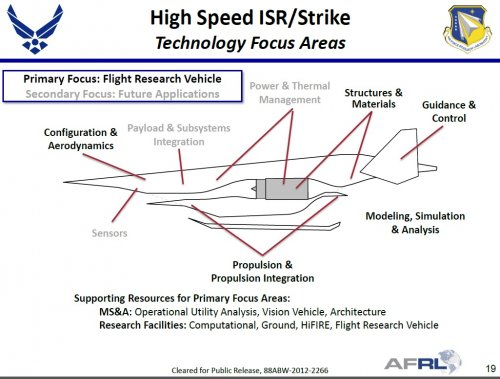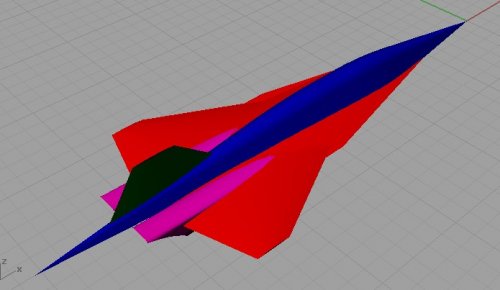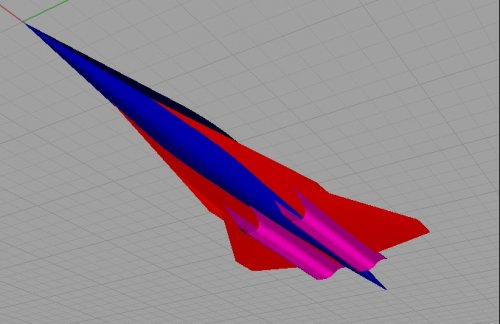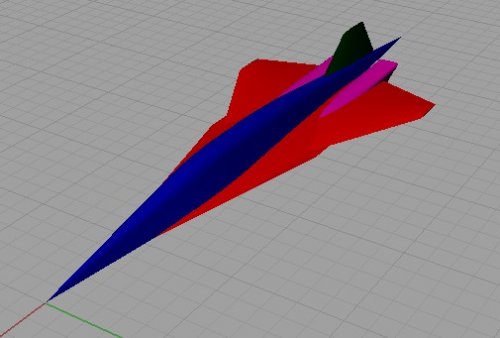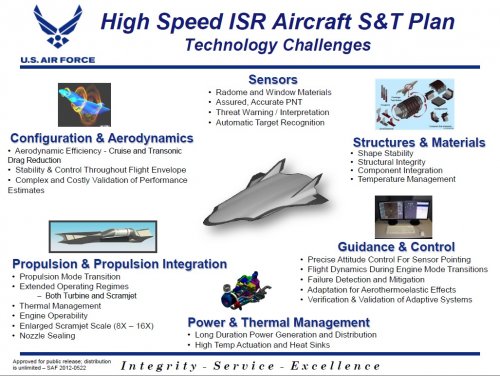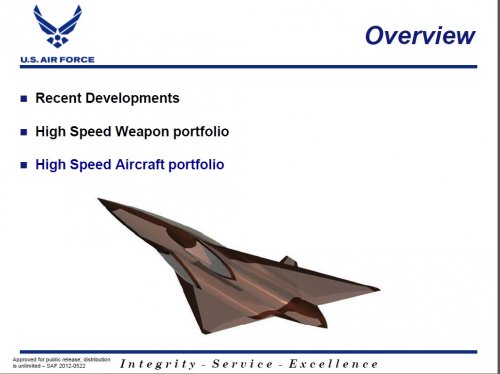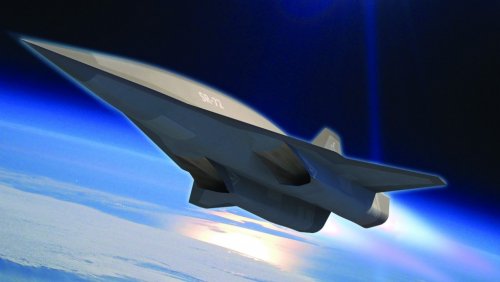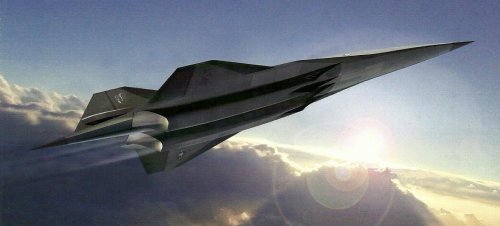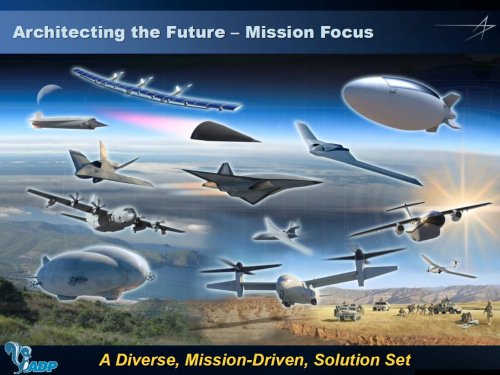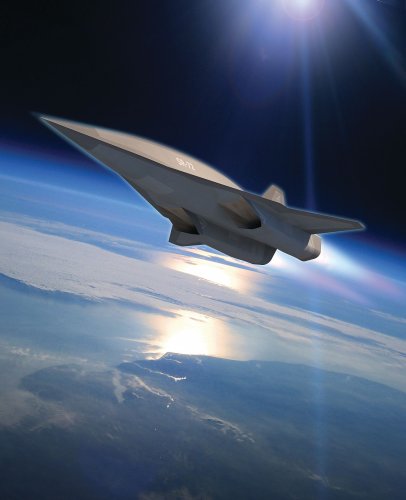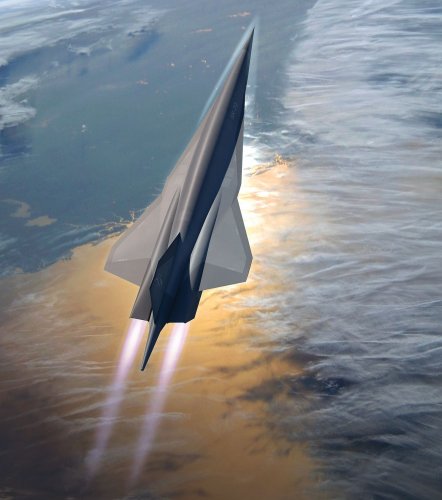Dreamfighter
'Senior Something'
- Joined
- 13 July 2008
- Messages
- 399
- Reaction score
- 384
Would be nice, such an SR-72...
but I guess it is another dream, a project that will never be realised, even with LM's claims hypersonics should not be regarded as hyperexotic anymore.
... A-12/F-12, XB-70, XF-108, ... , F-15SE, SR-72 ?
Btw, ISR, I suppose that includes tapping phones... It will never get overflight clearance in Europe
but I guess it is another dream, a project that will never be realised, even with LM's claims hypersonics should not be regarded as hyperexotic anymore.
... A-12/F-12, XB-70, XF-108, ... , F-15SE, SR-72 ?
Btw, ISR, I suppose that includes tapping phones... It will never get overflight clearance in Europe

